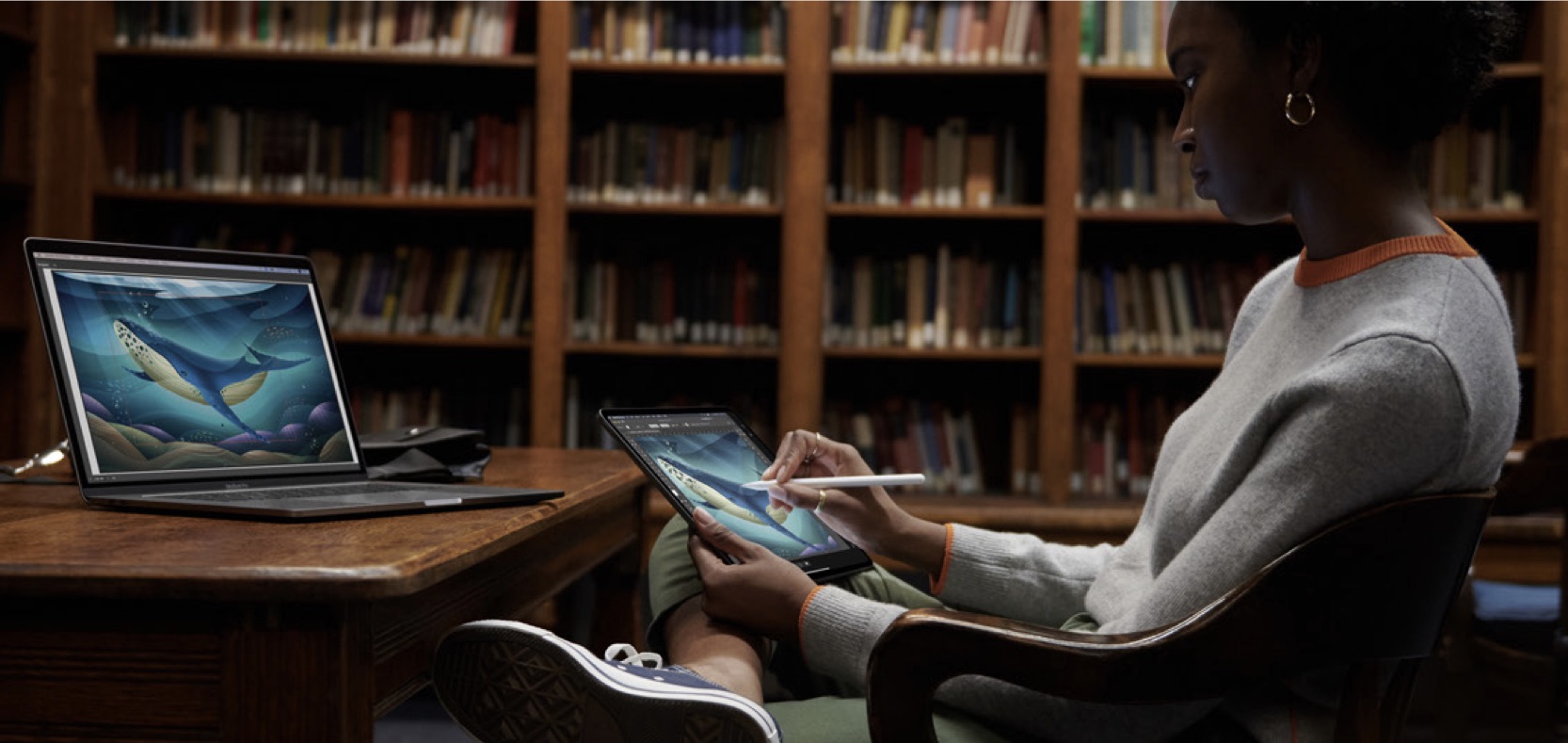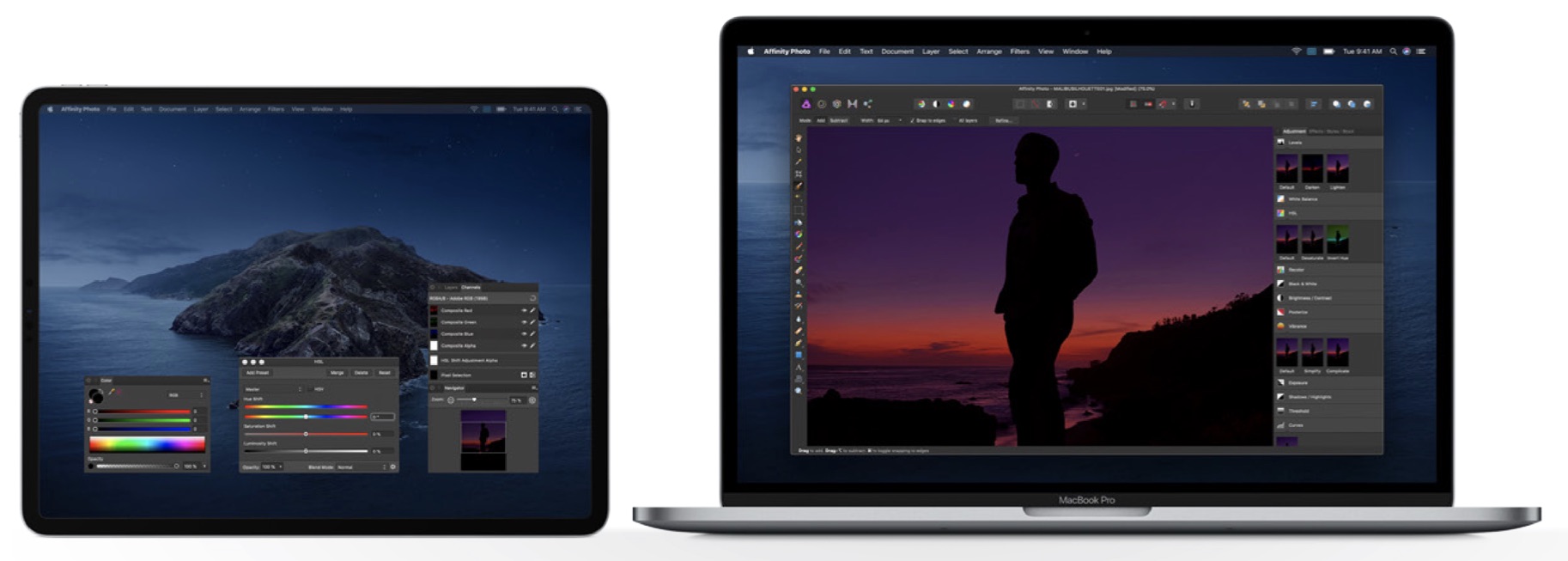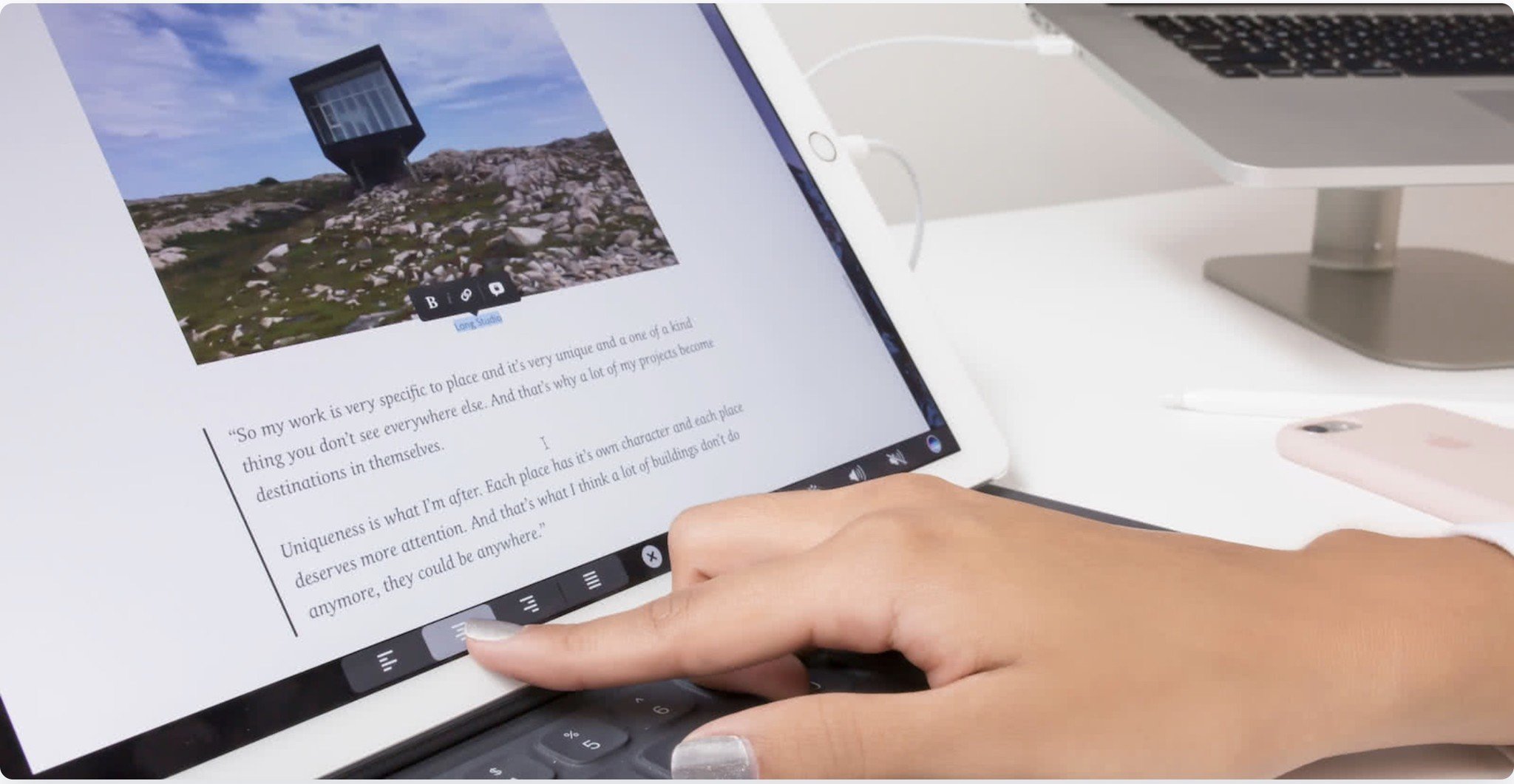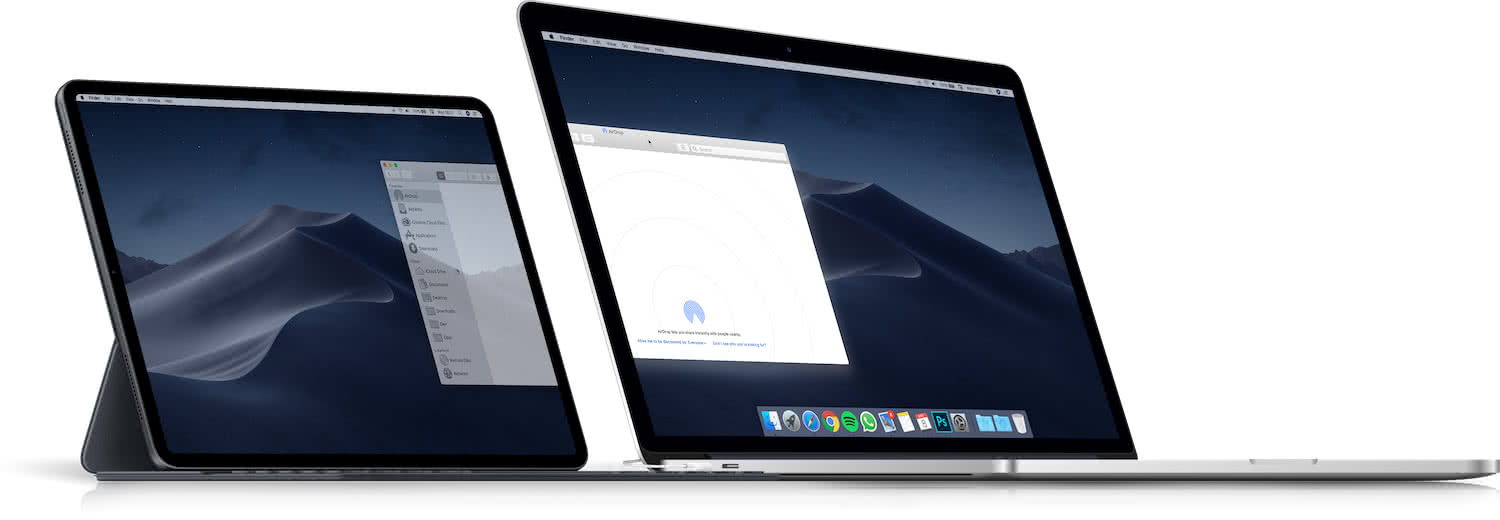macOS Catalina: Apple Sidecar vs Duet Display

One of the most significant new features of macOS Catalina is Sidecar. The feature lets you use your iPad as a second display for Mac. For years, Duet Display has offered a similar paid product for many years. As Sidecar and macOS Catalina launches, here's a look at the critical differences between both tools.
What is Sidecar?
First introduced at the Worldwide Developers Conference (WWDC) in June as part of Apple's macOS Catalina unveiling, Sidecar works wirelessly and wired between a macOS Catalina-supported device and tablet with iPadOS 13 installed. The Sidecar functionality is currently not available on iOS 13 or any iPhone.
Main purposes
Out of the box, Sidecar provides many different use cases. The first of these is as a second Mac display, which allows you to extend the computer's real estate or act as a mirror. Further, you can place one app on each screen, or put your main canvas on one display and your tools and palettes on the other.
Sidebar's second big highlight is that it brings Apple Pencil quasi-support to Mac for the first time. It does so by letting you use the input device on your tablet to control Mac apps on your connected computer. Desktop apps like Adobe Illustrator, Affinity Designer and Photo, CorelDRAW, Sketch, and many more, now support this with others expected to go online in the coming months.

There's also convenient sidebar and Touch Bar controls available that allow you to interact with multi-touch gestures to pinch, swipe, and zoom. Newly created iPadOS text editing gestures are also supported with Sidecar, including copy, cut, paste, and more.
Supported devices
Sidecar requires Macs with Skylake processors and later, as well as iPad models that support Apple Pencil.
Macs
Master your iPhone in minutes
iMore offers spot-on advice and guidance from our team of experts, with decades of Apple device experience to lean on. Learn more with iMore!
- MacBook introduced in 2016 or later
- MacBook Air introduced in 2018 or later
- MacBook Pro introduced in 2016 or later
- Mac mini introduced in 2018 or later
- iMac introduced in late 2015 or later
- iMac Pro introduced in 2017 or later
- Mac Pro introduced in 2019
iPads
- 12.9-inch iPad Pro
- 11-inch iPad Pro
- 10.5-inch iPad Pro
- 9.7-inch iPad Pro
- iPad (6th generation or later)
- iPad mini (5th generation)
- iPad Air (3rd generation)
Two more things
Continuity Sketch and Markup are two Sidebar-related features that work on any Mac that supports macOS Catalina, plus any tablet with iPadOS 13 and iPhones with iOS 13.
Continuity Sketch lets you create on your mobile device a sketch that easily inserts into any document on your Mac. With Continuity Markup, you can sign documents, correct papers, or circle important details in images using either your Apple Pencil on iPad or finger on iPhone.
Cost
Sidecar is free to use, assuming your devices are supported.
Pros
- Free, no subscription required
- No app required
- Easy setup for casual users
Cons
- Limited gestures
- Won't work on iPhone or older devices
What is Duet Display?
Created by former Apple engineers, Duet Display lets you turn your mobile device into a second display for Mac or PC. Until the introduction of Sidecar, Duet Display only supported Apple mobile devices. That support now extends to Android devices. Duet Display also works on Chromebooks.
What Duet Display offers varies greatly according to your subscription level, for which there are three. To get started, you must first buy the Duet Display app for iOS or iPadOS. You can install the $10 app across multiple Apple mobile devices; the Mac version is free to download from the Duet Display website. Android users must download a Duets Display app from Google Play separately.

A free Duet subscription lets you use your iPad as a second screen for your Mac or PC. It includes touch screen capabilities, including iPad Keyboard support. However, your devices must be wired to work.
For $20 per year, you can purchase a Duet Air subscription, which adds wireless support, plus everything in the free version. You also gain a remote desktop connection that's accessible from anywhere as long as you have an internet connection.
Available for $30 per year, Duet Pro has been designed for digital artists and includes features that Sidecar does not. These include full gesture support, more resolution options, remote desktop support, customizable pressure curves, customizable performance (battery efficiency vs. performance), predictive line lead (which predicts the characteristics of lines, then rendering them without going to the Mac), shortcuts such as undo/redo, and more.
Both Duet Air and Duet Pro come with a one week trial.
Pros
- Works across multiple devices and platforms
- Advanced characteristics and features
- Best for Pro users
Cons
- Must buy for advanced features
- Perhaps overkill for casual users
Comparing both services
| Header Cell - Column 0 | Apple Sidecar | Duet Display |
|---|---|---|
| Price | Free | $9.99 (plus optional subscription) |
| Supported devices | Newest Mac/iPads | Most Mac/PC/iPad/iPhone/Android |
| Wireless | Yes | Subscription only |
| Connection required | Bluetooth/Wi-Fi | Anywhere with Internet |
| Flexible customization | No | Yes |
| Target user | Casual | Professional |
Who should use Sidecar
No doubt, Apple has designed Sidecar for the casual user who wants a second screen option for their Mac or has the ability to use Apple Pencil on Mac apps. As a first release, however, it doesn't go much further.
For example, Sidecar doesn't offer a remote desktop feature, nor can you adjust the settings for Apple Pencil, performance, or resolution. For the everyday user, however, these extras aren't necessary. However, in time, more advanced tools might be necessary to push Sidecar to a new level.
What about Duet Display?
If you own a Mac and iPad and are only looking for second screen capabilities, go with Sidecar. As is said often with Apple software on Apple devices, it just works.

However, if you also own Android or Windows devices, want some flexibility when it comes to set up and performance, and are already comfortable with using Duet Display, stick with it even though it costs some money. For less than $3 per month, you'll get advanced features that you can use across multiple devices and operating systems.
Questions?
Do you have any concerns or questions about Sidecar and macOS Catalina? How about Duet Display? Let us know in the comments below.

Bryan M. Wolfe has written about technology for over a decade on various websites, including TechRadar, AppAdvice, and many more. Before this, he worked in the technology field across different industries, including healthcare and education. He’s currently iMore’s lead on all things Mac and macOS, although he also loves covering iPhone, iPad, and Apple Watch. Bryan enjoys watching his favorite sports teams, traveling, and driving around his teenage daughter to her latest stage show, audition, or school event in his spare time. He also keeps busy walking his black and white cocker spaniel, Izzy, and trying new coffees and liquid grapes.
